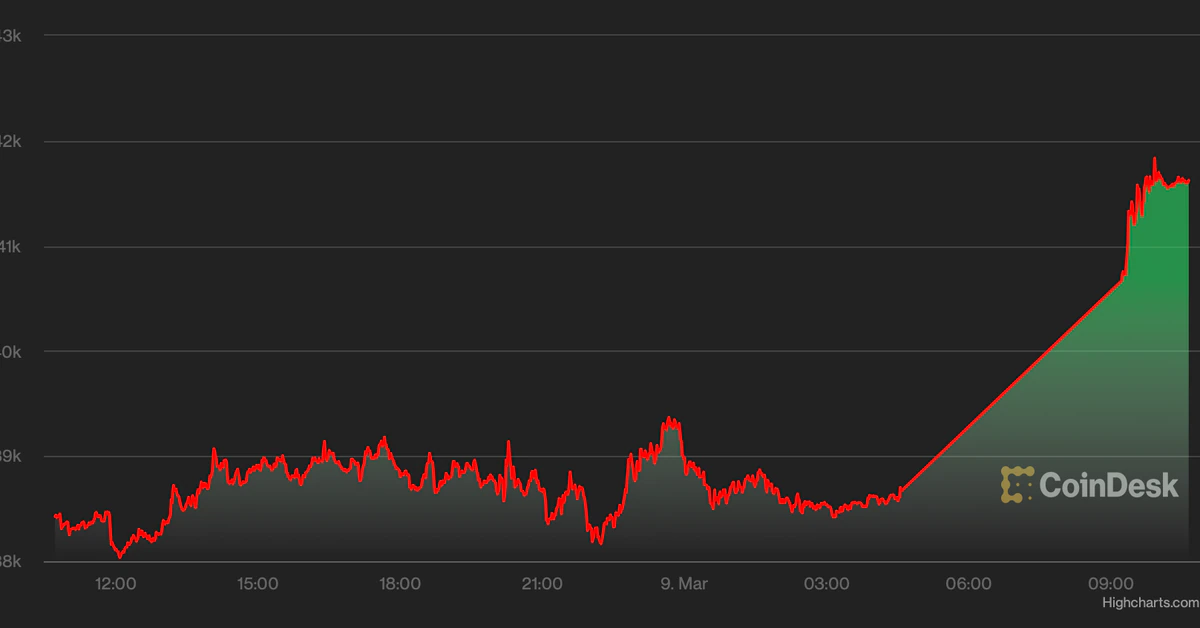Fake news, fake companies, and fake liquidity – navigating the cryptocurrency market is often as clear as mud, especially considering up to 86 percent of total reported cryptocurrency trading volumes are likely to be false, according to research compiled by The Block.
The traditional finance sector is no stranger to wash trading and neither is the digital asset market, with several crypto exchanges supposedly getting their hands dirty in order to clean up trading volumes.
BKEX, a crypto exchange registered in the British Virgin Islands, was reportedly found to be copying Binance’s trade history to the exact number, manipulating trade volumes to create the illusion that it was an attractive platform to buy and sell digital assets.
Why? Because more trading activity translates to a higher position on crypto market cap rating sites, not to mention popular exchanges can charge fees through the roof for crypto projects to list.
For crypto traders, it can be similar to interacting with a used car salesman – you feel like you’re getting a good deal, full of trust only to find shortly after that there’s no gas in the tank.
There have even been cases of entire exchanges being a mirage; just recently, six individuals were arrested for creating a fake exchange company that stole €24 million in cryptocurrency.
So how can crypto traders navigate wash trading and other crypto challenges to prevent being misled and hung out to dry?
Keeping it clean
Wash trading artificially increases the trading volume of a particular exchange by one party simultaneously selling and buying the same cryptoassets.
The main issue is that this shows non-existent liquidity on that exchange.
According to a recent report compiled by Bitwise, an estimated 95 percent of reported BTC trading volume is fake.
For the most part, the crypto exchange market is unregulated, enabling trading volumes to be easily faked to boost perceptions of liquidity and attract new customers – without adhering to any mandatory legal enforcements.
So look at those exchanges that opt for self-regulation; across Asia, there’s the Japan Virtual Currency Exchange Association, which was approved by the country’s government in 2018; and in the Philippines, Zipmex is regulated by CEZA (the Cagayan Economic Zone Authority), the principal regulating authority for crypto assets.
Faking it doesn’t mean you’ll make it
For crypto exchanges, the aphorism ‘fake it (in this case liquidity) till you make it’ is a risky business when it comes to liquidity.
It’s essentially trading ‘fake’ money, and there’s no guarantee on your hard-earned dollars.
A lot of localised exchanges serve liquidity locally. Organically, the market isn’t large enough to provide efficient pricing and so there’s often a huge mismatch in pricing from global to local exchanges, where there’s generally a premium.
Controlled currency countries such as Thailand have exchanges that trade at a premium price and as it’s organically sourced, the order book is often thin.
Limited token offerings can also impact market liquidity in the way it restricts choice.
So this restricts institutional investors or advanced traders wanting to transact in local markets – these exchanges don’t support large volumes and if they do it moves the market significantly.
Throw in the idea of wash trading and the market is completely skewed.
To hedge your bets, consider those exchanges that use a global network to offer prices under an aggregated model – which naturally increases the appeal of trading crypto on that exchange.
Security is key
In the first three months of 2019, hackers reportedly stole more than US$356 million from crypto exchanges largely by accessing private keys.
Exchanges are currently the most popular target for cybercriminals, who will scope out the security of the website itself, the exchange’s internal processes and the security of hardware wallets, which are often only stored in one place.
In 2017, the personal details of about 30,000 customers of South-Korean exchange Bithumb, were stolen from the home computer of a Bithumb employee.
Crypto wallets and exchanges are built to be more secure than traditional finance systems – but only if you use them properly.
You would never leave a stack of cash unattended in a busy cafe, so why would you leave your cryptoassets on an exchange without the right security processes?
Imagine your crypto wallet is a two-foot thick vault with retina and fingerprint scanning and you’ve instead chosen to go with an exchange that enables access with one key that’s left under the flowerpot.
Exchanges that offer multi-signature, multi-approval processes improves or custody solution technology, improves your protection against hackers, and reduces the potential for internal staff to access your funds – like that of Bithumb.
Still worried about those hackers? Look for an exchange that offers insurance.
Zipmex is one of the only exchanges in the Asia Pacific region to offer 100 percent insurance.
Breaking through the smoke and mirrors
Be aware of crypto exchanges that talk a big game, but lack a track record of managing people’s money or financial know-how.
Coinbase, one of the world’s most popular crypto exchanges, has a former deputy to the US president, Juan Zarate and venture capital entrepreneur Chris Dixon on its company board. Similarly, Zipmex has an established management and advisory team backed by experience in investment banking and securities.
Bringing financial know-how like this to the crypto industry helps to legitimise exchanges, and gives you some assurance that your money is in the right hands.
When it comes to addressing the smoke and mirrors of fake companies and wash trading, it’s not as easy to spot as a ‘lemon’ in a car yard.
You wouldn’t throw your money in the garbage, so be careful about lying down with dirty operators. If you lie down with dogs, you are bound to get fleas.




